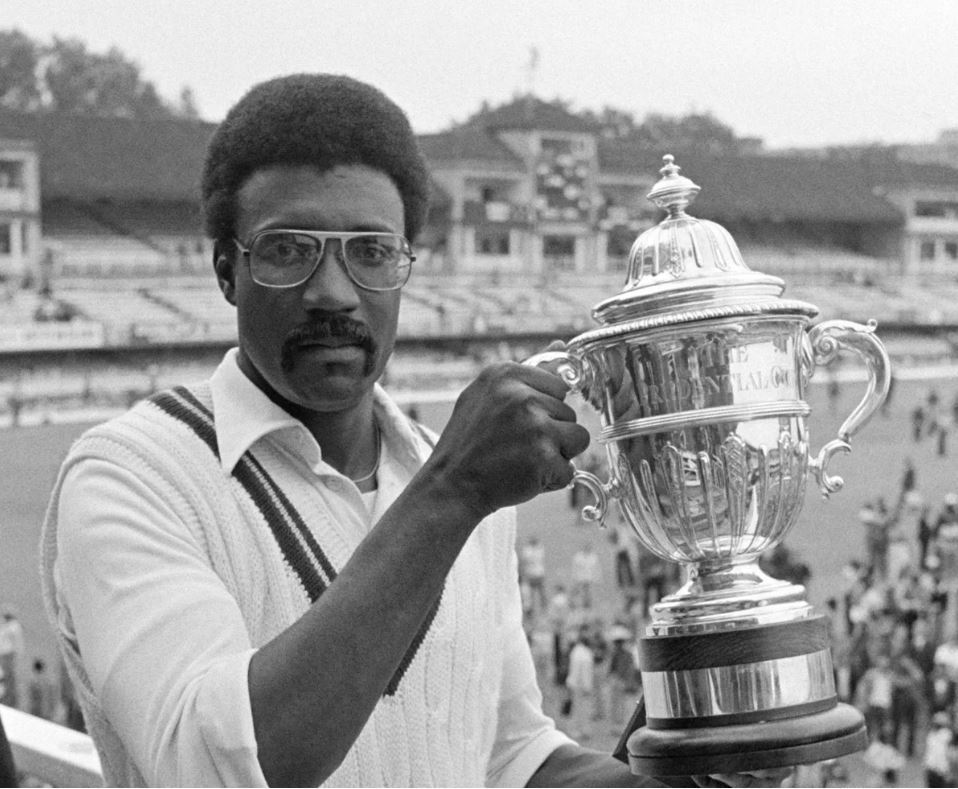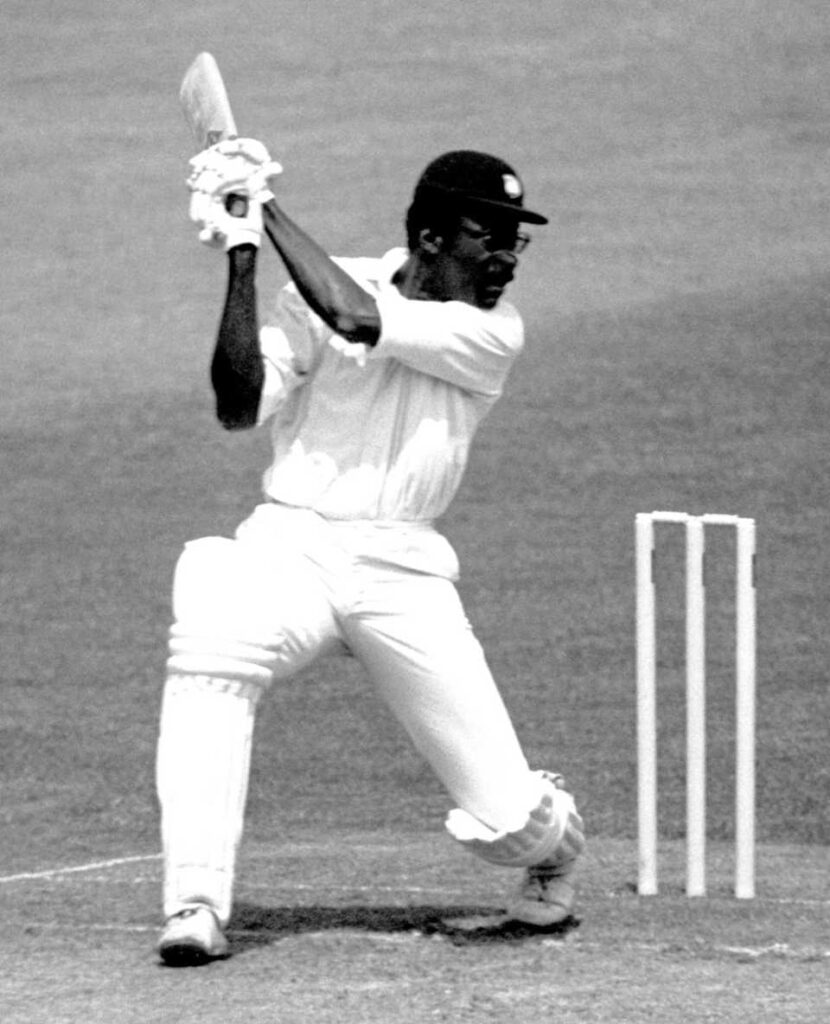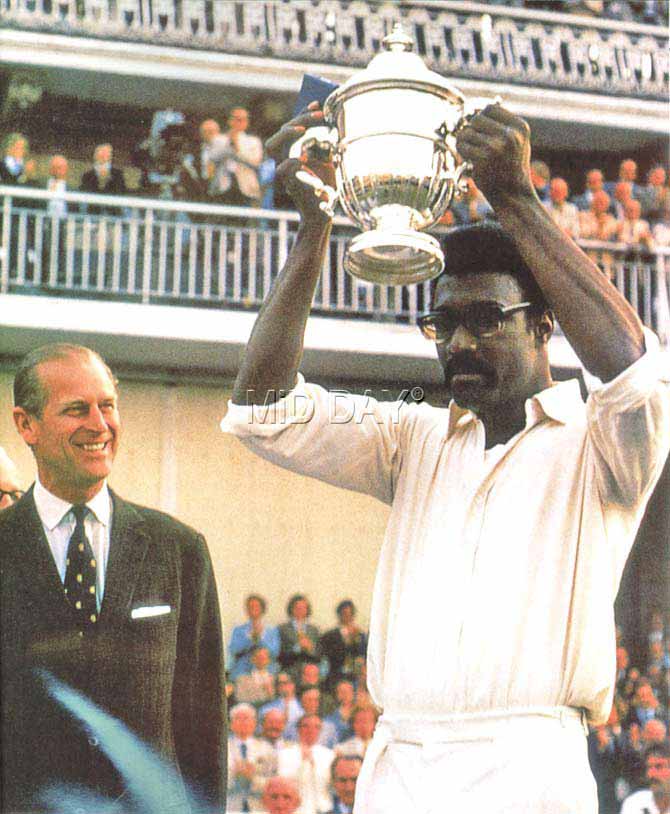“1975: The Birth of the Cricket World Cup

🌍 Introduction
The inaugural Men’s Cricket World Cup took place in 1975, marking a monumental milestone in the history of the sport. Held in England, the tournament brought together the best international teams in a limited-overs format, introducing cricket to a new era of fast-paced competition, global appeal, and thrilling sports entertainment.
Before 1975, international cricket was mostly limited to Test matches, often played over five days. But with the rising popularity of One-Day Internationals (ODIs), the idea of a global championship was born. The 1975 World Cup not only changed how cricket was played but also set the foundation for one of the world’s most beloved sporting tournaments.

🏟️ Background and Organization
- Organized by: International Cricket Council (then known as the International Cricket Conference)
- Host nation: England (the only country with the infrastructure for one-day cricket at the time)
- Dates: 7 June – 21 June 1975
- Format: 60-over-per-side matches, played in traditional white clothing with red balls during daytime
- Venues: Matches were held across six English county grounds, including Lord’s, the spiritual home of cricket.
The tournament was officially called the Prudential Cup, after its sponsor, the Prudential Assurance Company.
🌏 Participating Teams
Eight teams competed in the first World Cup:
- England
- Australia
- West Indies
- India
- Pakistan
- New Zealand
- Sri Lanka (a non-Test-playing nation at the time)
- East Africa (a composite team representing Kenya, Uganda, Tanzania, and Zambia)
These teams were divided into two groups of four, with the top two from each group advancing to the semifinals.
🏆 Group Stage Highlights
- England dominated early, with Dennis Amiss scoring the first-ever century in World Cup history.
- India’s cautious approach was criticized, especially in their opening match against England, where Sunil Gavaskar infamously scored 36 not out off 174 balls, batting through the entire innings in a 60-over match.
- West Indies, led by Clive Lloyd and packed with powerful hitters and fast bowlers, quickly emerged as tournament favorites.
- Sri Lanka, although not yet a Test nation, impressed with their spirited play.
- East Africa struggled but added a unique flavor to the global event.
🥊 The Semifinals
- West Indies vs. New Zealand:
A close contest, with the West Indies winning by 5 wickets thanks to disciplined bowling and consistent batting. - Australia vs. England:
Australia triumphed with the help of their fast bowlers, notably Gary Gilmour, who took 6 wickets for 14 runs, one of the finest bowling performances in World Cup history.
🏟️ The Final: West Indies vs. Australia (June 21, 1975 – Lord’s, London)
The grand final at Lord’s saw Clive Lloyd’s West Indies face Ian Chappell’s Australia in a match filled with drama and brilliance.
🔥 Key Moments:
- Clive Lloyd, the West Indian captain, played a blistering innings of 102 off 85 balls, anchoring his team’s total of 291/8 in 60 overs.
- Viv Richards, though not a top scorer, produced three crucial run-outs that helped break Australia’s momentum.
- Australia, despite a spirited start, was bowled out for 274, giving West Indies a 17-run victory.
The match ended with jubilant scenes as West Indies claimed the first-ever Cricket World Cup title.
🏅 Key Players of the Tournament
- Clive Lloyd (West Indies) – Captain and player of the final
- Gary Gilmour (Australia) – Star all-rounder with match-winning spells
- Gordon Greenidge & Roy Fredericks (WI) – Explosive openers
- Dennis Lillee & Jeff Thomson (Australia) – Fearsome fast bowlers
- John Snow (England) – Veteran pacer
- Dennis Amiss (England) – Scorer of the tournament’s first century
🌟 Legacy and Impact
The 1975 World Cup revolutionized international cricket. It demonstrated that one-day matches could attract massive crowds and global media attention. The event laid the groundwork for:
- The rise of limited-overs cricket as a legitimate and entertaining format
- The inclusion of non-Test playing nations, encouraging global development of the sport
- Commercial growth through sponsorships and broadcasting deals
- The eventual birth of the Cricket World Cup as a four-yearly global phenomenon
The success of the first tournament led to subsequent World Cups in 1979 and 1983, also held in England, before the event went truly global in later decades.

🗓️ Conclusion
The 1975 Men’s Cricket World Cup was more than a tournament—it was the dawn of a new cricketing era. By blending tradition with innovation, it created a platform where nations could compete on the world stage in a single, thrilling format.
With just eight teams, 15 matches, and one unforgettable final, the first World Cup proved that cricket could not only honor its past but also embrace a bold new future.




